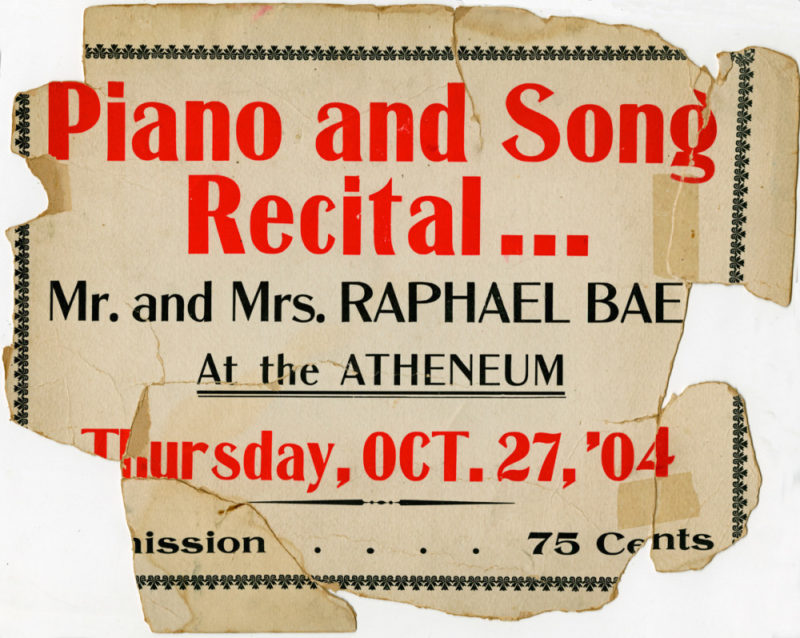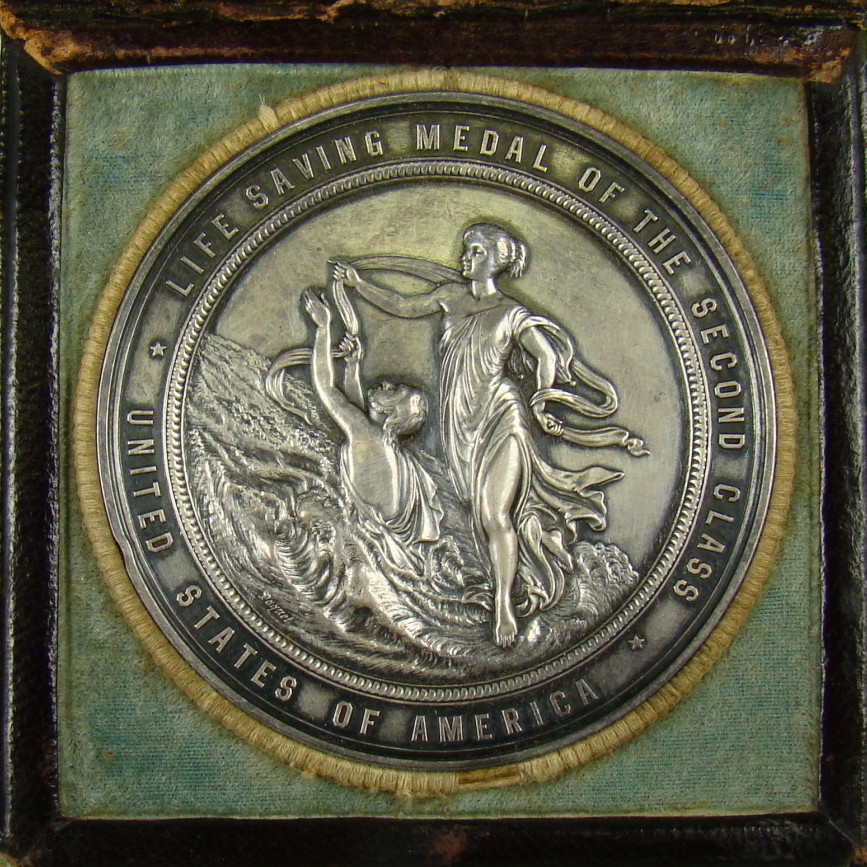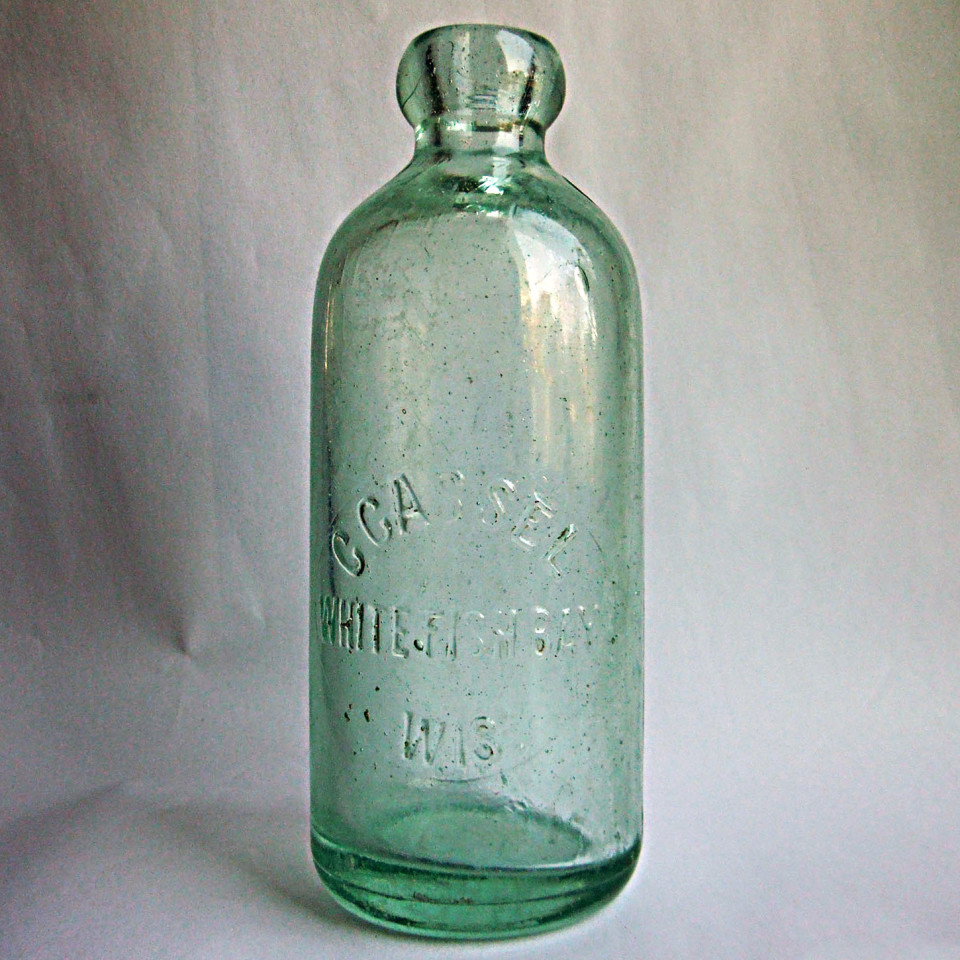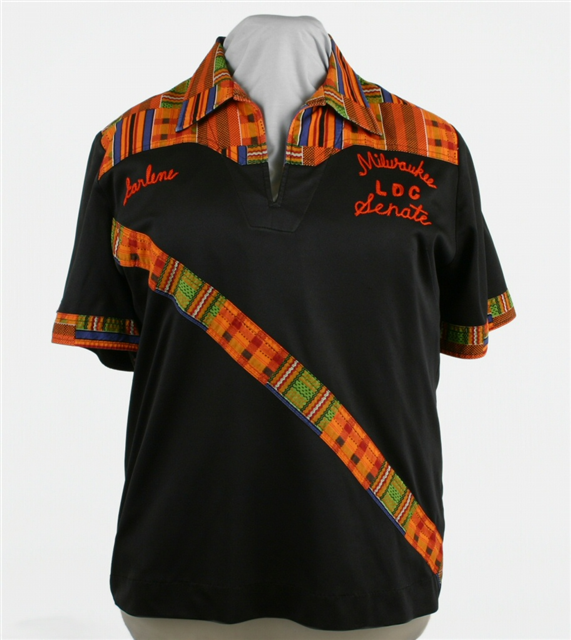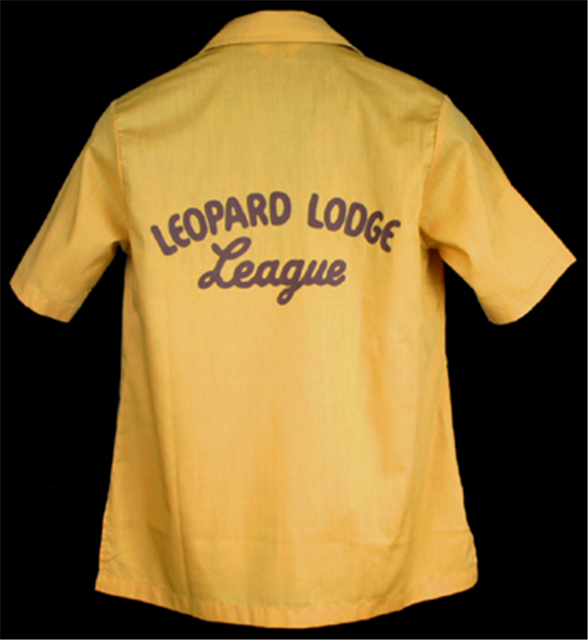OBJECT HISTORY: Piano and Song Recital Poster
Mr. Raphael Baez, a well-respected violinist, pianist, composer, and music professor, and his wife Mrs. Mary Schoen Baez, a noted vocalist, had performed together in various music halls in the city of Milwaukee since 1889. The Athenaeum, home of the Women’s Club of Wisconsin, had hosted Mr. Baez and his students throughout the late nineteenth and early twentieth…
